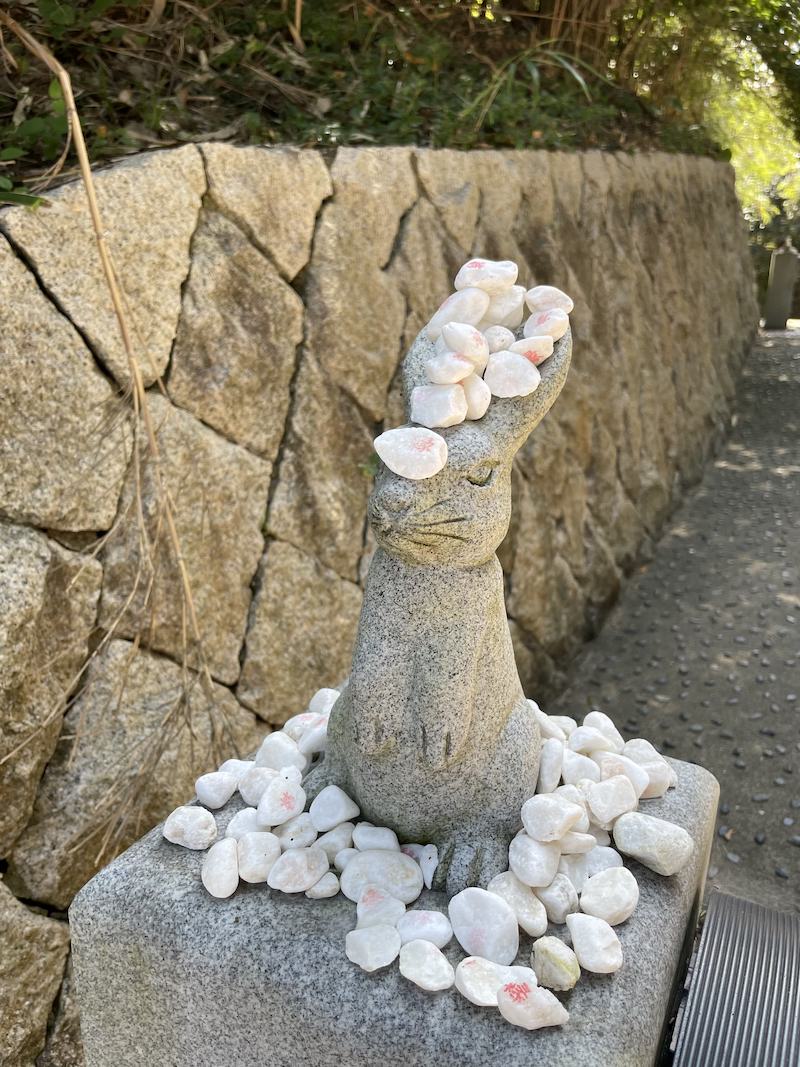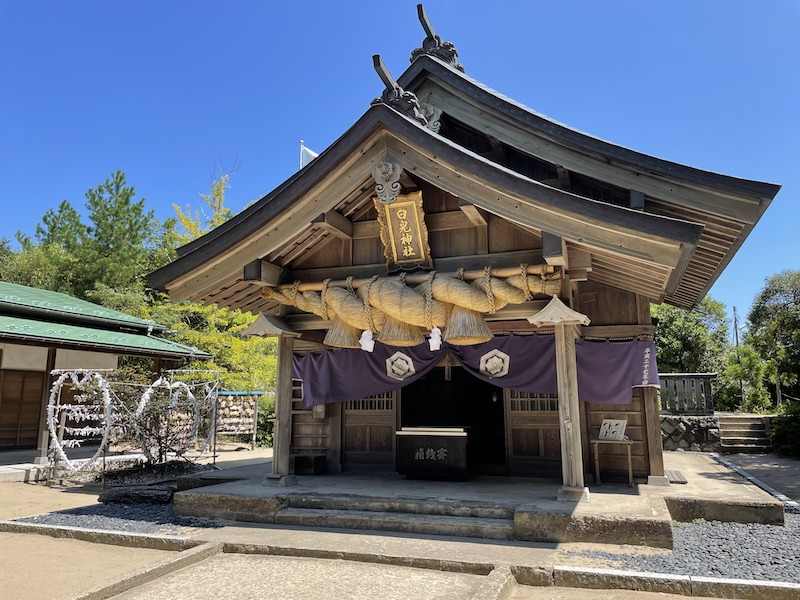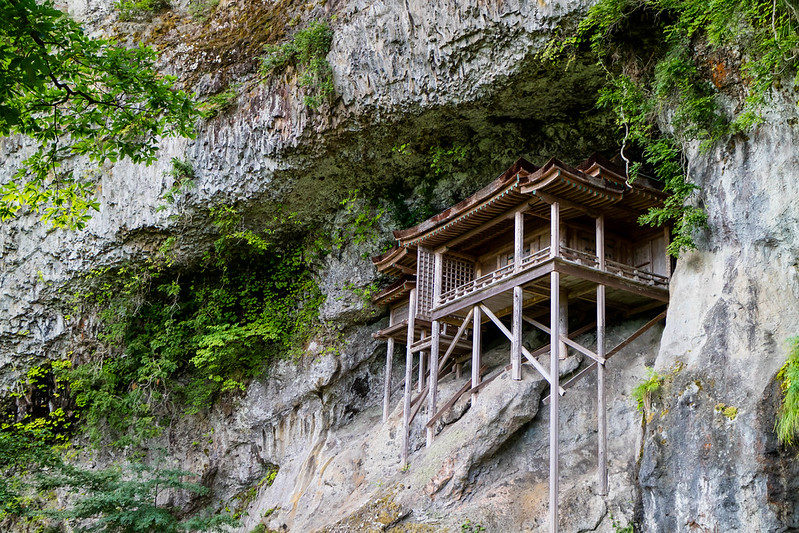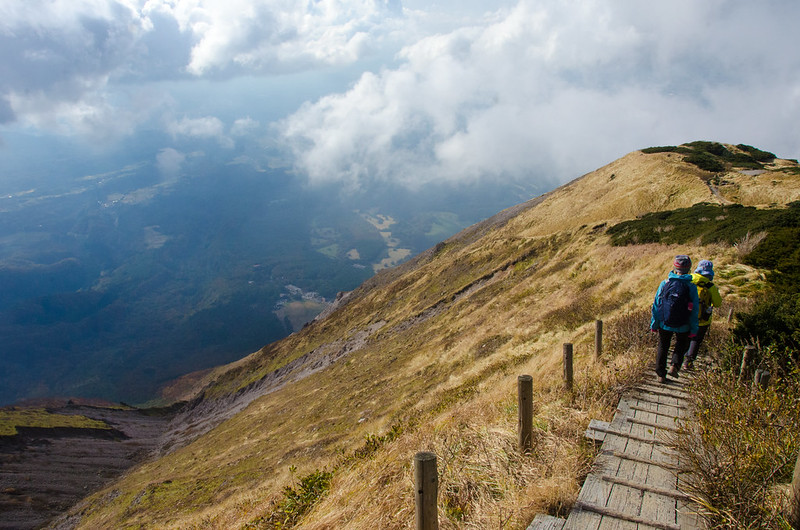Feb 28, 2022
Getting Away in Japan: Tottori
On the Sea of Japan, Tottori Prefecture is something of an anomaly in that it abounds with natural beauty, is steeped in history, has some exquisite food, but somehow manages to remain off the radar for many tourists. All of which adds up to it being a perfect place to visit.
The beautiful beaches and legendary dunes to the north and the lush forest and dramatic mountains that complete its borders create isolation of sorts that has meant that Tottori has developed a rich culture and mystique that is well worth exploring.
Tottori Sand Dunes
Found within San’in Kaigan Geopark, part of The UNESCO Global Geoparks, and spanning approximately 14 kilometers, Tottori Sand Dunes are Japan’s largest sand dunes. Created over 100,000 years by sediment deposits carried from the Chūgoku Mountains by the Sendai River into the Sea of Japan, this is Tottori Prefecture’s primary sightseeing spot, the main part of which is a half kilometer ribbon of sand between the visitor center and the sea.

There are many attractions to enjoy at Tottori Sand Dunes, including camel rides, paragliding, sandboarding, or just wandering around the majesty of this fantastic natural phenomenon. Fun fact, Tottori Sand Dunes was the filming location for the 1964 movie adaptation of Kobo Abe’s Kafka-esque novel Woman in the Dunes.

Where: 2164-661 Fukubecho Yuyama, Tottori, 689-0105 (map)
Website: tottori-tour.jp
The Sand Museum
The Sand Museum is just down the road from the dunes, an interesting display of immense sand sculptures by artists worldwide. Originally the exhibitions were held outdoors in temporary structures, but since 2012 the museum has been held in its own permanent residence, making it (so it claims) the world’s only indoor sand museum.

The museum generally holds different exhibitions each year with various themes, usually countries and regions, the most recent being the Czech Republic and Slovakia. At the time of writing, The Sand Museum is closed as it gears up for the next event and should reopen in July 2022, with the exhibition being – quite fittingly – Egypt.
Where: 2083-17 Fukubecho Yuyama, Tottori, 689-0105 (map)
Website: sand-museum.jp
Uradome Coast
Stretching for approximately 15 kilometers, the Uradome Coast is a picture-perfect string of stunning beaches and coves between Cape Kugami to Mt. Shichiyama. Thanks to millennia of marine erosion, distinctive natural sea walls, rugged caves, and rocky outcrops have formed along the crystal clear waterlines and beaches reminiscent of Thailand at its most beautiful.

There are numerous ways to enjoy this picturesque coastal paradise, such as riding rental cycles along the clifftop roads, hiking along the designated forest trails, or taking a cruise tour into the Japan Sea. Or, you could simply choose a beach or cove, bring a towel and a picnic, and laze at the water’s edge. Be warned, from mid-August onwards, the jellyfish can be a problem, depending on which beach you visit.

Where: Uradome, Iwami, Iwami District, Tottori 681-0003 (map)
Hakuto Jinja Shrine
Though Hakuto Jinja may not be the most impressive shrine, it is important to Tottori due to its connection to two of the region’s best-known folklores. The first is The Rabbit and the Wani, in which a crafty rabbit, wishing to cross from his home on the Oki Islands to Tottori’s shore, tricked the fearsome sea-dwelling wani into letting him ride across their backs. However, unable to contain his smugness, the rabbit revealed his trick just before he landed ashore, and one of the wani bit him, ripping off his fur. (Though Tottori claims this tale for its own, it is likely that it originally came from southern China or Indonesia, where a similar story is told. Evidence for this theory is backed by the fact that there are actually no wani [crocodiles] in the Japan Sea, and the sea creatures are depicted here as same [sharks])

On the shore, the second tale begins, as the rabbit, in great pain, meets the 80 Yasogami brothers on their way to meet the beautiful Princess Yagami, who was to choose one of them to marry. The brothers suggested a nasty and cruel bunch that the rabbit soothe his raw flesh by bathing in seawater and standing in the wind, causing him yet greater agony. The final brother, Okuninushi, carrying all the luggage at the rear, recommended that the rabbit soak in fresh water and wrap itself in sedge grass. The rabbit was healed, and in gratitude, it rightly predicted that the princess would choose Okuninushi.

As a result, Japan’s first love story, the White Rabbit of Inaba, is enshrined in Hakuto Jinja, a quaint little shrine at the top of a hill by the coast, making it a popular spot for pilgrims looking for love. Oh, and should you take a dip in the sea at the hill’s foot, fear not, as it is very popular with swimmers and surfers, and there are no wani in sight…
Where: 603 Hakuto, Tottori, 689-0206 (map)
Website: hakutojinja.jp
Mitokusan Sanbutsuji Temple
If you are looking for more adrenaline in your places of worship, consider Mitokusan Sanbutsuji Temple, dubbed Japan’s most dangerous national treasure. Located on the 900-meter high Mt Mitoku, the temple is built into the mouth of a cave above a sheer cliff. It is thus rightly renowned as one of Japan’s most beautiful and unusual religious constructions. Originally intended for monks to practice shugendō [the way to spiritual power through discipline], the precise date for its construction is unknown. However, legend has it that the structure was built from below by the spiritual force of En no Ozuno, shugendō’s founder.

Visitors today may require discipline of their own, as climbing the mountain stairs can be difficult and treacherous (hence the ‘danger’ moniker). Although successful pilgrims may not achieve nirvana, they will be afforded a view of a truly one-of-a-kind national architectural treasure.
Where: 1010 Mitoku, Misasa, Tōhaku District, Tottori 682-0132 (map)
Website: mitokusan.jp
Mt Daisen
Part of Daisen-Oki National Park, Mount Daisen is a 1729-meter high volcanic mountain, visible throughout Tottori Prefecture, dominating the skyline. Included on Japan’s 100 Famous Mountain list, Daisen is also a focal point for worship, as mountain trails lead to Daisenji Temple at the base of the mountain, with Ogamiya Shrine further up the trail.

Mt Daisen is also a popular destination for hikers of the non-religious kind, with the top of the mountain made up of several peaks. Though the highest of these, Kengamine Peak, has been closed since it was rendered unstable by an earthquake in 2000, the trail to Misen Peak, at 1709 meters, is daunting enough. At about four kilometers and three hours long, it is mainly made up of steep stairs through beech forest, though those who make it to the top are rewarded with spectacular views.
Where: Daisen, Saihaku District, Tottori 689-3318 (map)
Getting Away in Japan
This article is part of a Japan Info Swap series about traveling around Japan. Check out the others in the series here.
Images by Mark Guthrie own work
Image by SocialHermit via flickr.com [CC BY-NC 2.0]
Image by sprmrbrs41 via flickr.com [CC BY-NC 2.0]
Image by Raita Futo via flickr.com [CC BY-NC 2.0]
Image by cotaro70s via flickr.com [CC BY-NC 2.0]


About the author